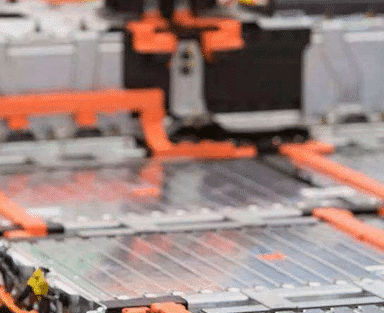Application of Cooling Equipment Units in the Battery Industry
Background of Application
In the battery industry, cooling equipment units are a core technology for ensuring production quality, safety, and performance stability. Significant heat is generated during battery manufacturing processes (eg., electrode coating, drying, formation) and battery pack applications (eg., electric vehicles, energy storage systems). Inadequate heat dissipation can lead to performance degradation, shortened lifespan, or even thermal runaway risks. Cooling equipment units enable precise temperature control to maintain efficient and safe thermal management throughout battery production and usage.
Key Application Scenarios
1. Battery Manufacturing Processes
Electrode Coating Machines: High-speed operation of coating machines generates heat in drying ovens and roller systems. Cooling equipment stabilizes temperatures to prevent electrode material deformation or performance loss.
Battery Drying Process: After baking the electrode cooling systems rapidly reduce temperature,cooling system accelerates heat dissipation and controls humidity to improve battery consistency.
Formation and Capacity Testing: Cooling units maintain a constant temperature during charge-discharge tests, ensuring accurate data.
2. Battery Pack Applications
Electric Vehicle Battery Packs: Liquid or air cooling systems provide uniform heat dissipation for battery modules, preventing localized overheating and improving safety and range.
Energy Storage Systems: Cooling equipment controls temperatures in large-scale battery cabinets during high-power charging/discharging, extending cycle life.
Battery Recycling: Cooling systems mitigate risks of electrolyte vaporization or combustion during crushing and sorting of used batteries.
Key Advantages :
1. Enhanced Battery Safety: Suppresses thermal runaway risks, preventing fires or explosions.
2. Extended Battery Lifespan: Precise temperature control minimizes capacity degradation and material aging caused by heat.
3. Improved Production Efficiency: Ensures continuous operation of manufacturing equipment, reducing downtime.
4. Energy Efficiency: Smart temperature control optimizes energy use and reduces carbon emissions.




